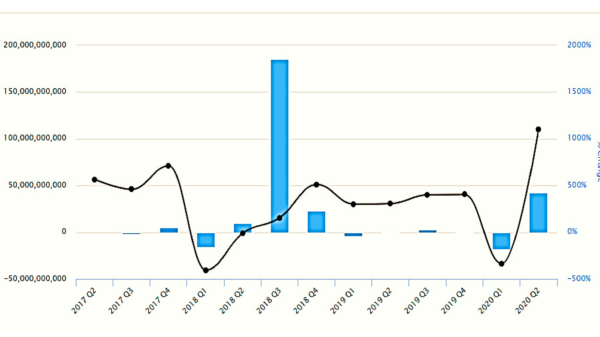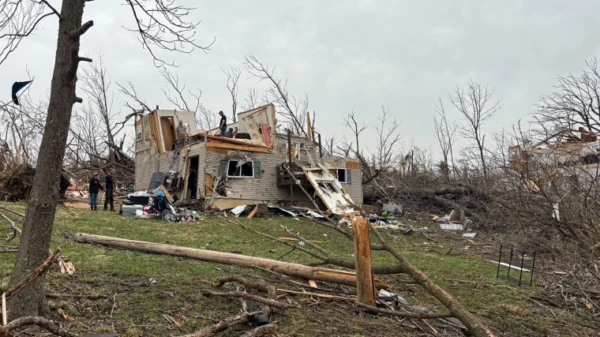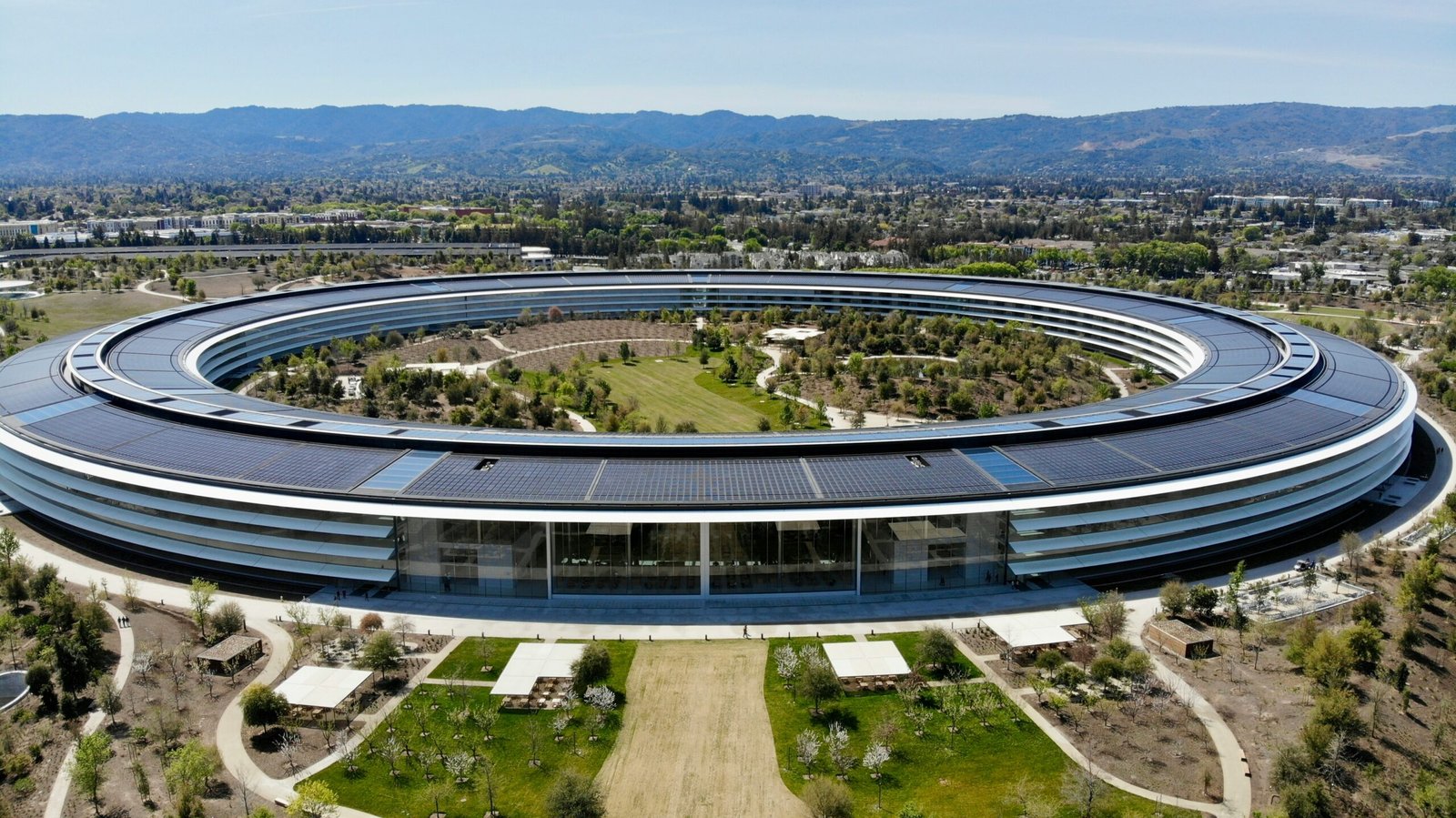Deadly Storms Hit Southern United States
Severe storms have swept across multiple southern US states, leaving a trail of destruction, causing fatalities, and displacing thousands of residents. Emergency services are working tirelessly to assess the damage and provide relief to those affected.
Widespread Destruction Across Multiple States
The storms impacted several states, including Texas, Louisiana, Mississippi, Alabama, and Georgia. High winds, torrential rains, and tornadoes tore through communities, destroying homes, infrastructure, and power lines.
Casualties and Injuries Reported
Authorities have confirmed multiple fatalities, with the death toll expected to rise as rescue teams continue their search efforts. Hundreds of people have sustained injuries, and hospitals in the region are operating at full capacity to treat the wounded.
Tornadoes Cause Devastation in Rural Areas
Meteorologists have identified multiple tornadoes forming within the storm system, some reaching EF-3 and EF-4 intensity levels. Small towns and rural communities have suffered the worst damage, with entire neighborhoods flattened.
Emergency Services Struggle to Keep Up
Rescue teams are working around the clock to assist those trapped in collapsed buildings and flooded areas. First responders face significant challenges due to blocked roads, downed power lines, and continuing severe weather conditions.
Power Outages Leave Thousands in the Dark
Millions of residents are without electricity after strong winds knocked down transmission lines and power stations. Utility companies are racing to restore service, but officials warn that full restoration could take days or even weeks.
Severe Flooding Threatens More Communities
Heavy rains have caused rivers to overflow, leading to severe flash flooding in several regions. Local authorities have issued evacuation orders for areas at risk, urging residents to move to higher ground.
Government Declares State of Emergency
State governors have declared emergencies, unlocking federal aid and resources to help with disaster relief efforts. The Federal Emergency Management Agency (FEMA) has deployed response teams to the worst-hit areas.
Weather Experts Warn of More Storms
Meteorologists caution that the storm system remains active and could bring additional severe weather in the coming days. Residents in vulnerable areas are advised to stay alert and follow safety guidelines.
Businesses and Schools Close Amid Wreckage
Businesses and schools across affected states have shut down due to damaged buildings, flooded roads, and power outages. Authorities have urged employers and school officials to prioritize safety and delay reopening until conditions improve.
Volunteers and Charities Mobilize Relief Efforts
Nonprofit organizations and volunteers have begun distributing food, water, and emergency supplies to displaced families. Local shelters have opened their doors to provide temporary housing for those who lost their homes.
Rebuilding Efforts to Take Months
Officials estimate that rebuilding efforts could take months or even years, given the extent of the destruction. Damage assessments are ongoing, and financial aid programs are being set up to support affected families and businesses.
Calls for Stronger Disaster Preparedness
In the aftermath of the storms, climate experts and policymakers are urging improvements in disaster preparedness and infrastructure resilience. Strengthening building codes and improving early warning systems are being discussed to mitigate future damage.
National Support Pours in for Affected Communities
Across the country, people are donating funds and supplies to assist storm victims. Government agencies, private companies, and individuals are stepping up to help the southern states recover from this devastating disaster.
Conclusion: A Long Road to Recovery
The deadly storms in the southern US have left communities in mourning and facing significant challenges. While emergency responders continue their lifesaving efforts, long-term recovery will require coordinated support from federal agencies, local governments, and the public.
































